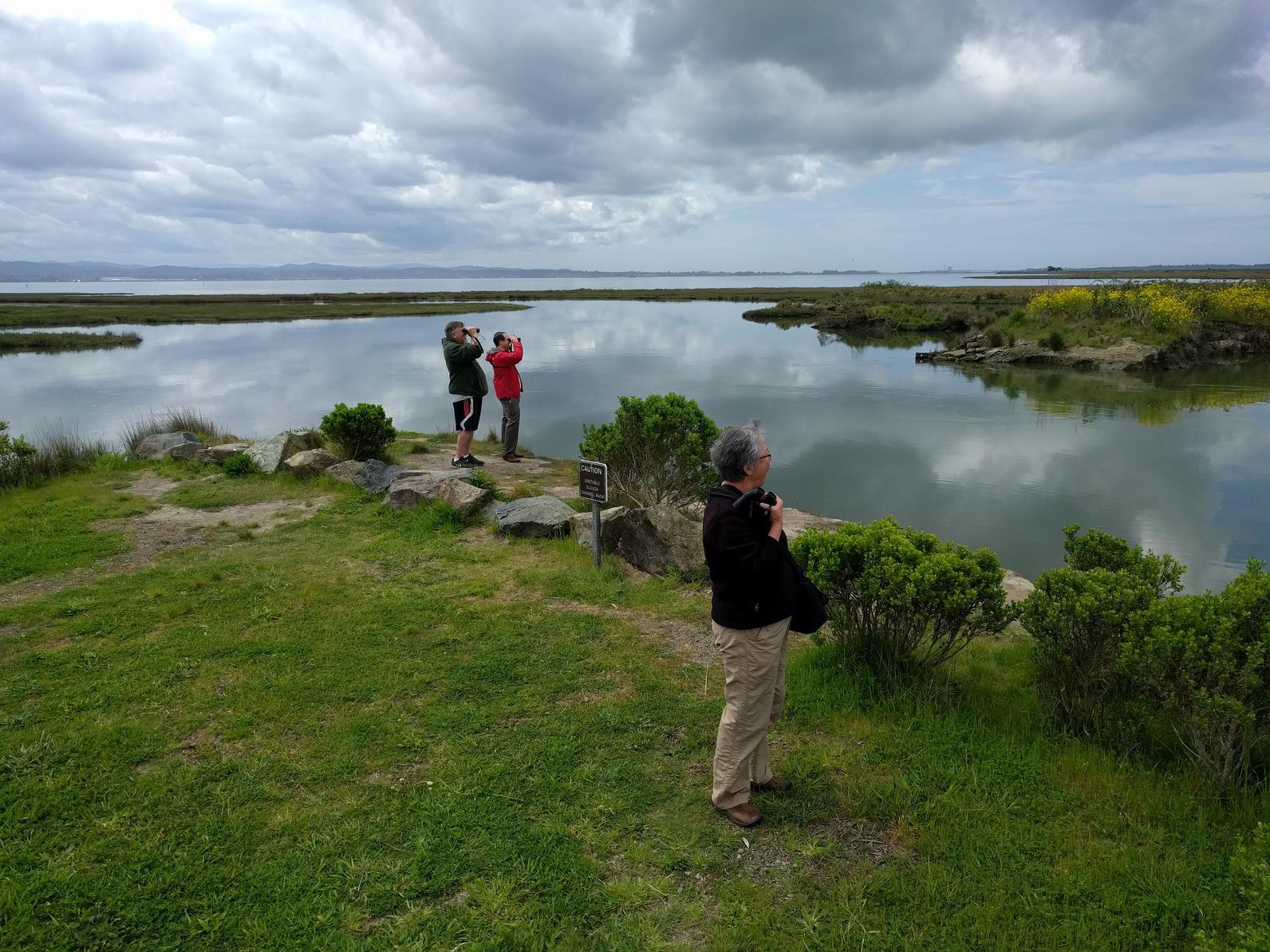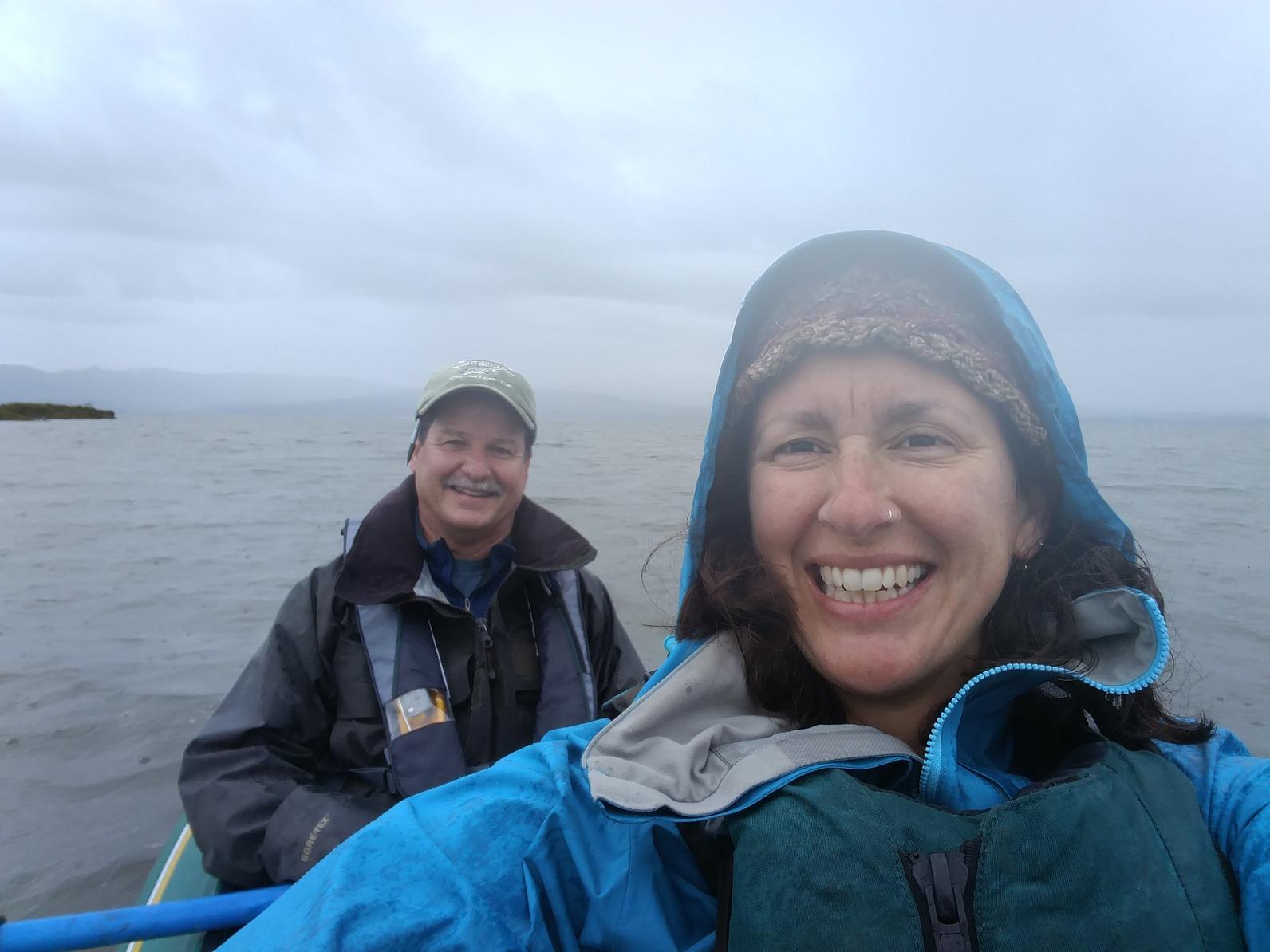Migratory shorebirds use Humboldt Bay in great numbers. Video by Khara Strum.
Following up on our recent efforts to reduce the impacts of oyster farming on bird habitat in Humboldt Bay, Audubon California is continuing to learn more about this area’s immense importance to migratory birds. I was fortunate recently to participate in one of the recent spring shorebird migration surveys, where we counted over 100,000 shorebirds, in one day, underscoring the importance of Humboldt Bay as one of the most important places for birds on the Pacific flyway.
The Humboldt region is well known as a place to see and explore towering redwood trees. It is also a wonderful place to witness the magic of shorebird migration. A key site between San Francisco Bay in California and Willapa Bay and Grays Harbor in Washington, Humboldt Bay supports some of the highest numbers of shorebird species along the west coast and is a site of international importance, supporting at least 100,000 shorebirds annually.

Nearly a quarter-century has passed since the publication of results from coordinated shorebird surveys of Humboldt Bay. The need for conservation data to support our policy work to protect the bay, in collaboration with Redwood Region Audubon, led us to Mark Colwell, a shorebird expert and faculty at Humboldt State University, to collect and update data on shorebird use of Humboldt Bay during spring migration.
Arriving the day before the official survey date, I had time to explore Arcata Marsh and witness hundreds of thousands of shorebirds using McDaniel Slough, a restored wetland at the north end of the marsh. Shorebirds gather here during high tide when mudflat feeding habitat is covered in the Bay. People gathered to gawk at the spectacle of Western Sandpipers murmurating over the wetland, doing their best to avoid the hungry peregrine falcon.
Despite having clear weather the week prior, the forecast called for rain on the day of the survey. I suited up in my best waterproof gear and met Mark to help load to the kayak that we would use to travel up Mad River Slough and count shorebirds. It rained off and on as we paddled our route, flocks of Western Sandpipers, Black-bellied Plovers and Marbled Godwits silhouetted by the cloudy sky as they crisscrossed above us. Despite the rain, foggy binoculars, and wet datasheets, we enjoyed ourselves. Data from our count area combined with others around the bay totaled over 100,000 shorebirds providing evidence that Humboldt Bay has greater conservation significance than is currently documented.

Humboldt Bay is truly a treasure for people and shorebirds. The current effort to survey shorebirds at Humboldt Bay will provide compelling evidence of region’s importance to migratory shorebirds and help our efforts to preserve this very special place.



